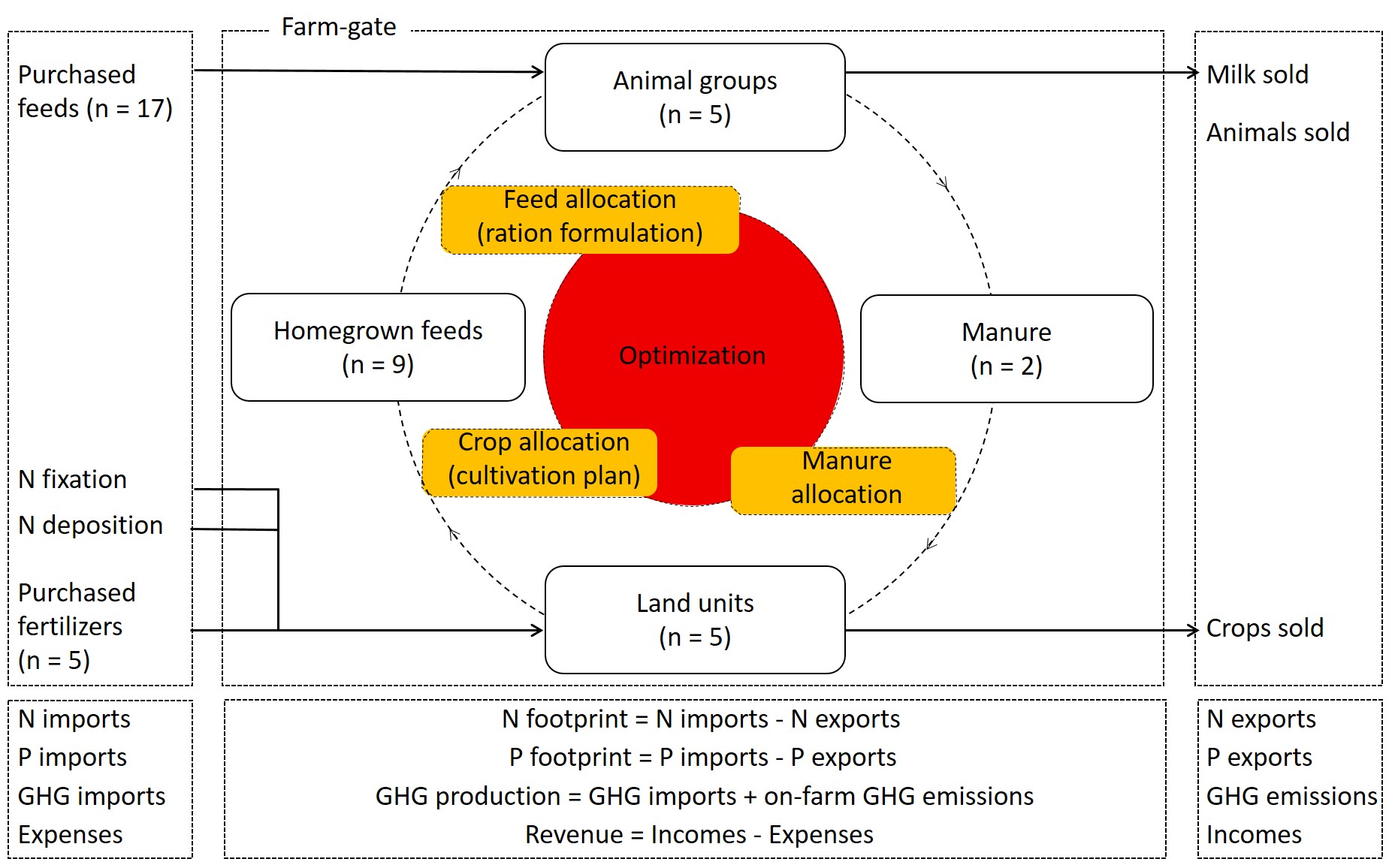Conférences et affiches

- Date de publication : 2018-09-26
Référence
Fournel, S.*, Charbonneau, E., Binggeli, S., Dion, J.-M., Pellerin, D., Chantigny, M. H., & Godbout, S. (2018). Determining environmental benefits and economic costs of different manure handling strategies in Quebec’s dairy production using farm simulation. 10th International Livestock Environment Symposium and 1st US Precision Livestock Farming Symposium, Omaha, NE, États-Unis, 25-27 septembre 2018.
Mot(s) Clé(s)
Lait Fumier Environnement
Résumé
The recent consolidation of Quebec’s dairy farms is such that the industry expects an increase in free-stall dairies under liquid manure management at the expense of tie-stall dairies under solid manure management. This transition could however have implications on greenhouse gases (GHG), so that dairy producers must consider strategies such as enclosed storage and manure incorporation for limiting their emissions to help control global warming. To assess the overall cost-effectiveness of different combinations of housing, manure management, and mitigation measures for a representative dairy farm in two regions with contrasted climate (Southwestern and Eastern Quebec), a farm-scale, optimization model (N-CyCLES) was used. Housing and manure management types did not significantly affect the farm net income (FNI) in both regions. Nevertheless, free-stall barns and solid manure management systems needed more N imports since they were respectively associated with greater N volatilization and slower release of elements into the soil. For these reasons, tie-stall barns and liquid manure systems generally had lower N balance and GHG production. A covered manure storage lessened manure volume and volatilization, which reduced fertilizer and manure spreading costs, increased crop sales and FNI, and enhanced N and GHG balances. Manure incorporation increased soil management costs, but reduced N and GHG footprints by decreasing use of N-based fertilizers and N2O emissions caused by manure application. Consequently, the transition towards free-stall dairies with liquid systems seems advantageous from the economic and environmental point of views, and using covered manure storage would be economically viable to further reduce GHG emissions.



